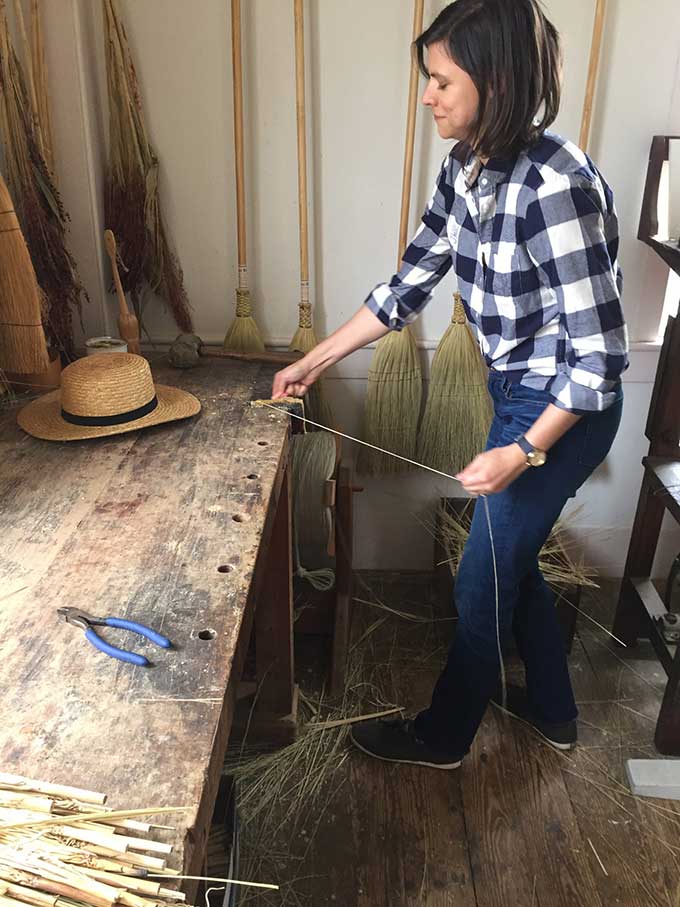
Training her artist eye on a utilitarian tool, Erin Rouse is the Custodian of modern American broom making.
Written by Jenn Thornton
For a household tool that has been around for centuries, in an astounding number of iterations and in all corners of the globe, the broom is far too humble. It’s not sexy, too easily relegated to the corner of a closet and rarely employed longer than necessary. And yet, “I am scratching my head to think of a more global object,” says Erin Rouse, broom maker and founder of the studio Custodian. “Soft palm fiber brooms in India, tassel-like coconut fiber brooms in Mozambique, intricate Shuro brooms in Japan, twiggy besom brooms from medieval England…” she could go on.
The history of the broom in America isn’t quite as sweeping; it originated in the Shaker villages of New England, where the contribution is the same tool we use today: the flat broom (a broomhead clamped flat in a standing vice and stitched into shape). “Imagine a round witch’s broom and that’s basically the precursor,” says Rouse. Once a humming industry, the Great Depression, advances in plastics and increased importing brought the heyday of broom making to a halt. However, “It feels like there is a little resurgence happening now,” says Rouse, “an artist at heart” with a background in studio art. “I know a handful of other young broom makers. We are all interested in the history and in making useful things with our hands.”
Rouse came to the realm of domestic tools through an employer-funded workshop. “I got kind of obsessed with learning how to make brooms,” says Rouse, who traced down a Master Broomsquire working at a Shaker village in New England and “pretty much begged him to give me private lessons.” Proving a quick study, Rouse purchased a rare machine in rural Pennsylvania, set up a studio and sharpened her skills.
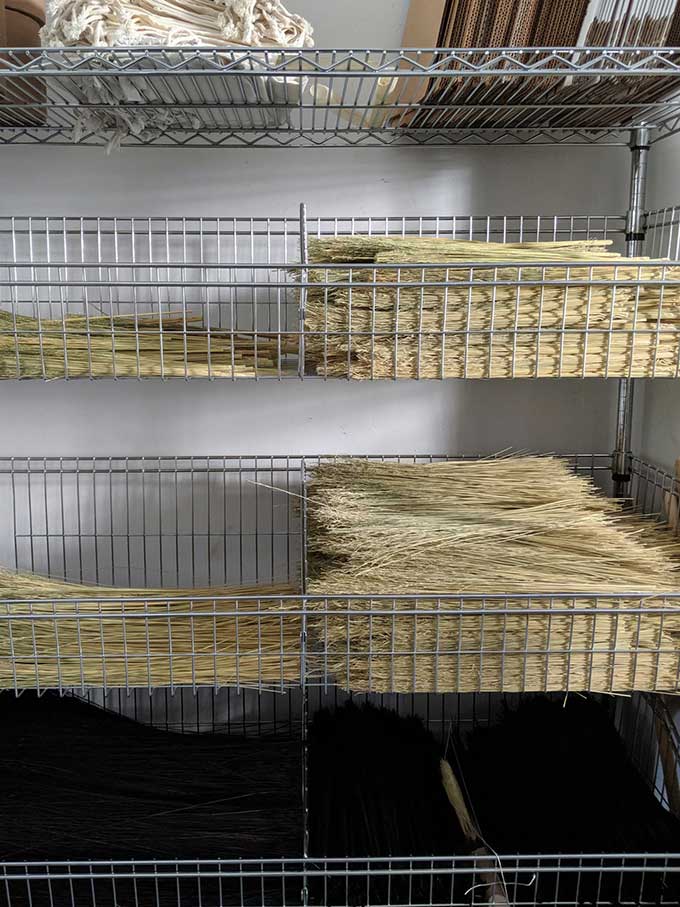
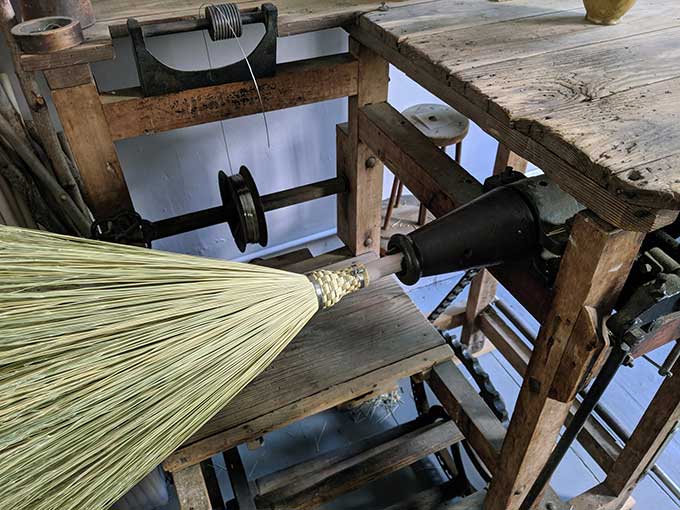
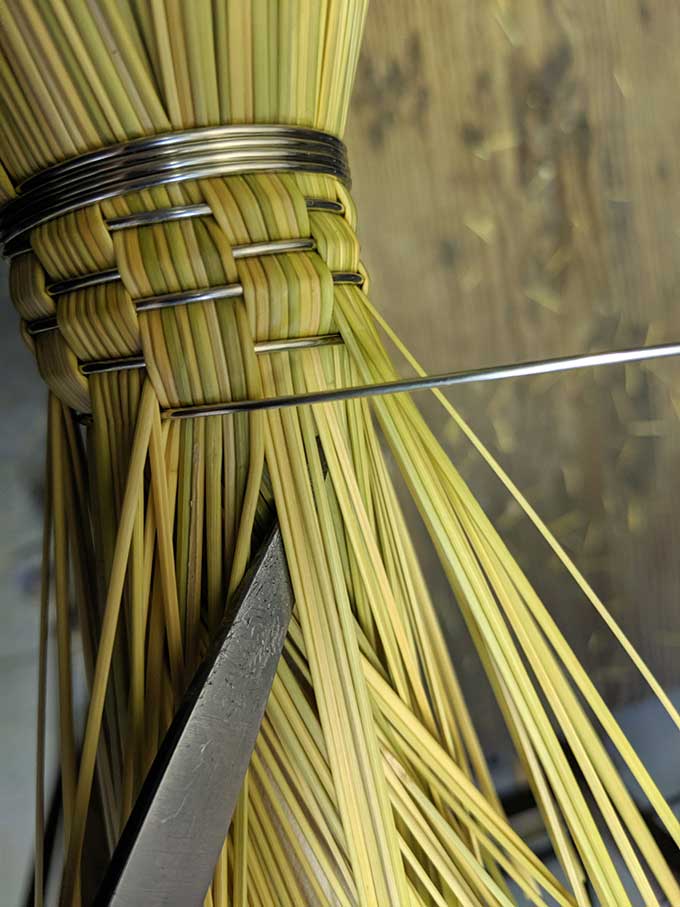
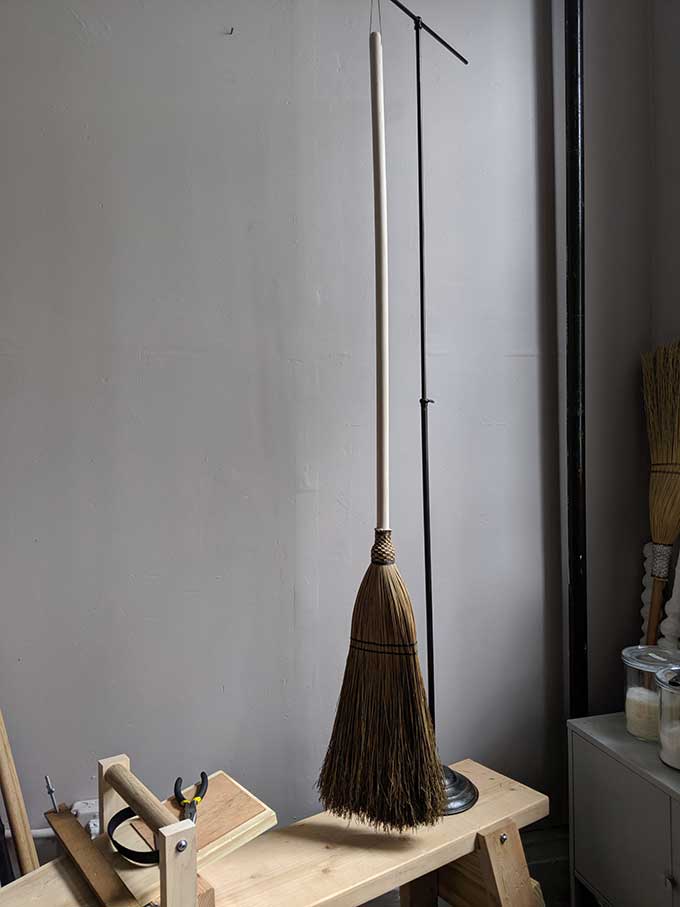
Today Rouse has got a pretty good handle on it all. She makes her high-quality brooms with a variety of ancient sorghum and prepares all fibers herself, then winds them onto a handle (Logwood and Iron for dark brooms, Quebracho for warm browns, and she’s tinkering with indigo). Fibers require grading, cleaning and sorting, and she compares her natural dyeing technique to alchemy. All results in a product that requires physical engagement that speaks to the broader appeal of American-made movement. “I do feel that there is a craving for objects in which you can feel the human touch,” Rouse says. “One of my clients said that they feel like giant paint brushes and I love that! They also work really well. I like the idea of using a special object to take thoughtful care of your home—that’s part of why I call the studio Custodian.”
Lately fascinated by those who work with “domestic detritus” including Mierle Laderman Ukeles and Dave Hardy sculpture, Rouse also references a museum exhibit called The Old, Weird America whose “primacy of storytelling and narrative in constructing the idea of America” stuck with her. “I think that idea relates to what you are doing because it is weaving individual stories into master narratives about American identity. The ideas of industriousness and vision are central to our American self-conception.” Something John Wayne knew a lot about.
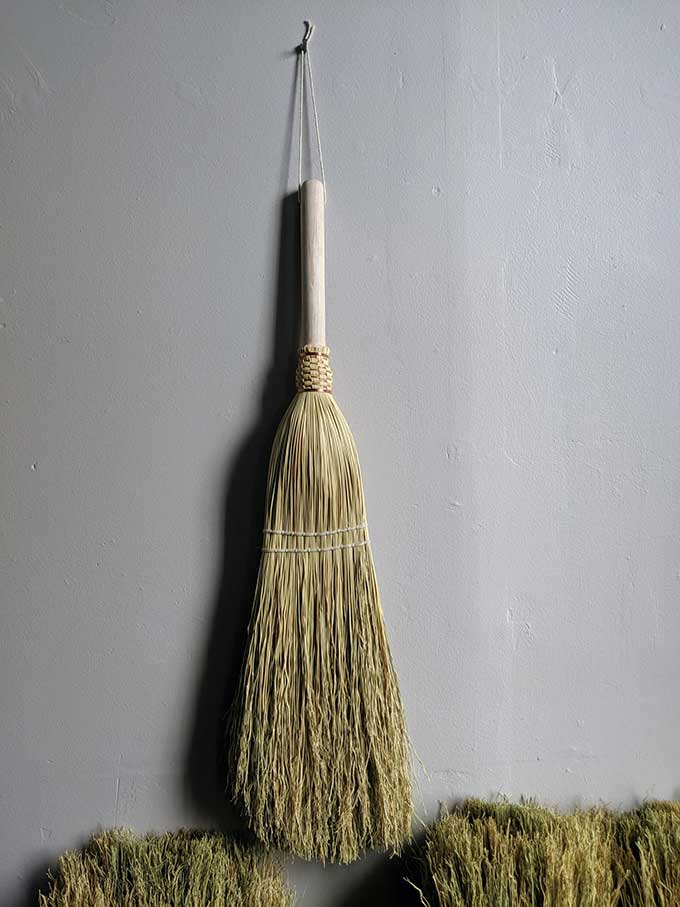
Photos courtesy of Erin Rouse, Custodian


